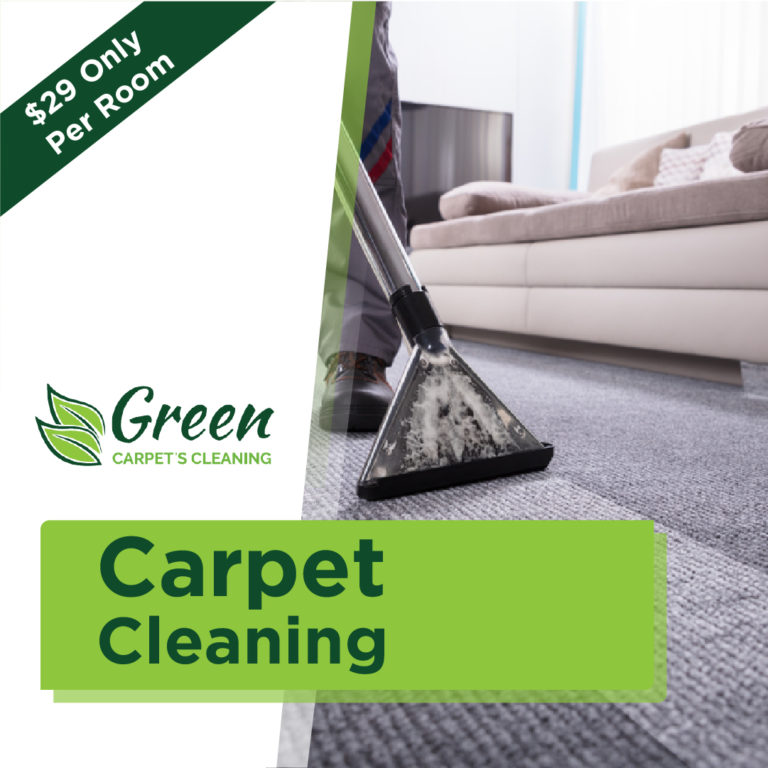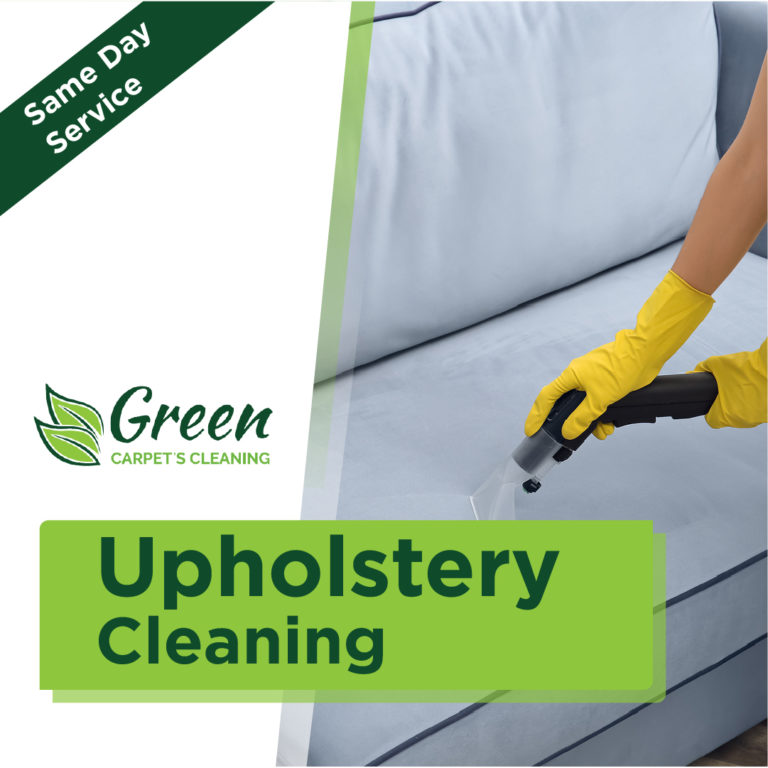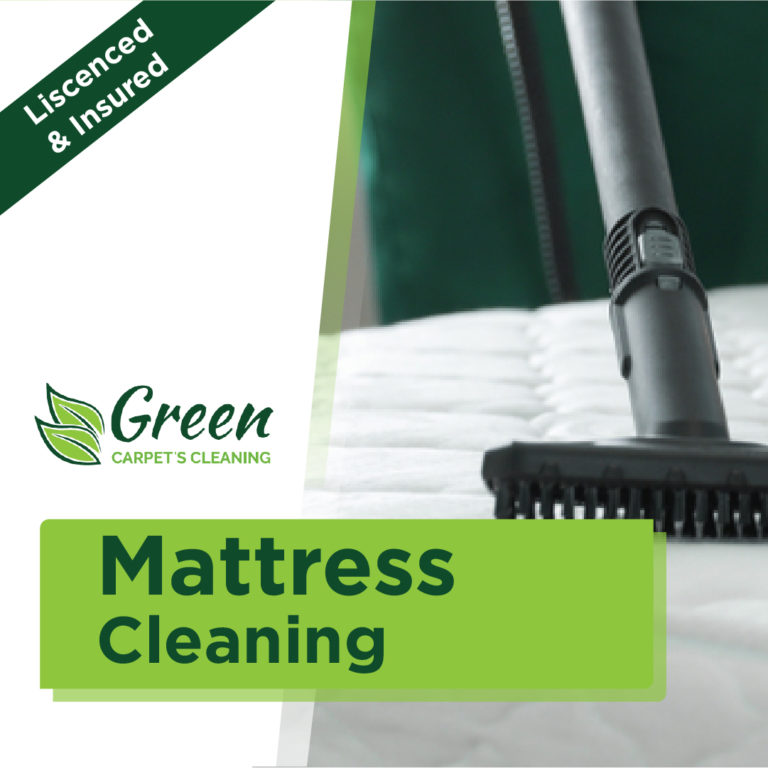Types of Upholstery Fabric
Natural Fabrics
Upholstery Cleaning in San Pedro — Natural fabrics are produced from natural fibers that come from animals or plants.
Chenille
Chenille’s soft coating pile inspired its name — it’s the French term for”caterpillar.” It is given a nap by its extra weft threading. Chenille is usually made of natural fibers, but it can also be produced from synthetics such as rayon.
Cotton
Cotton furniture upholstery is usually a blend, combining this stylish, breathable natural fiber with linen, polyester, nylon, etc., for added texture, durability, or resistance to soiling and wrinkling. The best-quality cotton blends will generally contain about 45% to 60% cotton.
Jute
A natural fiber generated mostly in India and Bangladesh, jute was traditionally used for matting and rope. Though prone to wrinkling, it is a great material for contemporary rustic accent pieces like an ottoman, adding a slightly rougher texture that pairs nicely with wood and/or leather.
Leather
Leather upholstery can vary in quality and cost, based on its quality and therapy.
Leather: Full-grain leather employs layers are hidden rather than by the entire animal, and marks or imperfections are left intact. Here is the highest-quality leather.
Top-grain leather leather is second in quality only to full grain and employs the animal’s strong top layers hide.
Corrected-grain leather: Corrected-grain leather has been treated to eliminate imperfections and subsequently given an imitation grain for a uniform appearance.
Split leather: Split leather consists of the bottom or drop rest of the hide. With leather, a synthetic surface layer is laminated to the surface.
Linen
Linen is an extremely strong textile fiber that is natural. It’s a fabric that provides resistance and exceptional durability to abrasion, pilling, and moths. It is frequently utilized with cotton for elasticity. Neatly tailored bits like parsons chairs, traditional dining chairs, and tufted arm seats offer a great style for linen.
Silk
Luxurious, silk and soft feels at home in formal settings and is best kept to kid-free/spill-free zones. Silk is backed to add durability and weight and comes from both synthetic and natural varieties. Sunlight can cause this fabric to fade so think strategically about where you put a silk upholstered piece.
Velvet
Velvet is a luxurious woven fabric distinguished by its thick and short pile. This soft and glistening material can be made from synthetic or natural fibers and varies in quality and type. Though relatively hard to clean, velvet stands out because of its comfort, texture, and rich color, making it a preferred alternative for dramatic pieces like conventional button-tufted headboards and swanky accent seats.
Wool
Most wool you locate on accent and sofas chairs now is actually a combination of natural and synthetic fibers. The inclusion of synthetic substances assists the fabric stand up better to wear and also makes it much easier to clean.
Synthetic Fabrics
Synthetic fabrics known as fabrics that are engineered, are fabrics produced . Synthetic fabrics tend to be more durable than natural fabrics and are typically more resistant to fading and staining.
Faux Leather
Faux leather is usually manufactured from polyurethane, a more eco-friendly alternative to PVC or vinyl. PU is more breathable than PVC, and it’s also degradable.
Microfiber
Microfiber is a knit blend polyester cloth that’s softer than suede and a whole lot easier to clean (simply remember to dab instead of rub). This dense substance is made providing real suede’s aesthetic qualities to durability and moisture resistance. This low-cost cloth is ideally suited to chaise lounges, sectional or convertible couches, and other comfy chairs in a contemporary fashion.
Nylon
A synthetic fiber, nylon is generally blended with other materials to create a strong and durable material. It’s typically easy to maintain and isn’t prone to wrinkling.
Olefin
Olefin is a material that’s produced from melting pellets down. Any color is added and the resulting threads are then stitched. Because the colors are baked in rather than added to the surface, olefin tends to maintain its color and may be cleaned with bleaches. This material is great for upholstery.
Polyester
First introduced in the 1950s, polyester is a high-performance synthetic fabric which does its very best work in tandem with natural materials like yarn and cotton.
Rayon
This material was developed to mimic fabrics such as cotton and linen. It blended with different kinds of threads to create a mixed material that is suitable for upholstery.
Just how much does upholstery cleaning cost in San Pedro
Vacuum cleaner information to help make your cleaning at home easier in San Pedro














